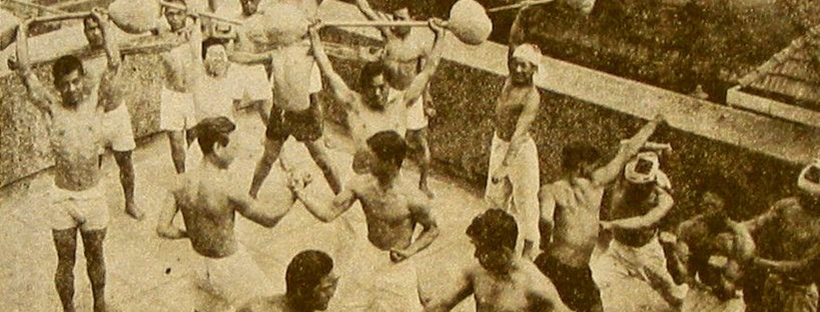Karate currently trained in most dojos is very different from the original art conception. In the early days of the practice of Karate in Okinawa, before being publicized and trained around the world, the focus was to be a method of effective and direct self-defense. Nowadays, however, it is trained as a sport or as an activity more focused on personal development, emphasizing philosophy. Thus, many ancient and lethal approaches were abandoned.
This change was motivated by several factors, ranging from modifications made to suit the art of Okinawa to the preferences and customs of the Japanese public; passing through the prioritization of sports training, more attractive for young people; until arbitrary modifications, made by generations of masters who had little contact with the original Karate and redefined the art according to the reality they knew and with less practical and more aesthetic goals.
Modern karate has its value and several good points, but you must know and be clear about your purposes and approaches to not train with the wrong idea. Fortunately, for those who are willing to study deeply the roots of art, it is possible to have that clarity and to redeem what was the original purpose of Karate. That is, the old style.
This rescue takes place through a detailed study of the teachings left by the patriarchs of art and also by the careful and pragmatic analysis of the main legacy left to us by these masters: the kata. It’s all there, if you know how to look. And from the moment we unravel the old concepts and the applications contained in classic kata, a world opens up and Karate becomes an even richer and more fascinating martial art than we imagined. A complete and unique art.
Studying and exploring the old style has much to add to your training and general understanding of Karate. It will also make you understand how Karate can be an effective self-defense, the way it was designed. Just be open-minded and critical.
